Home>Garden Essentials>How To Grow Passion Fruit From Seeds
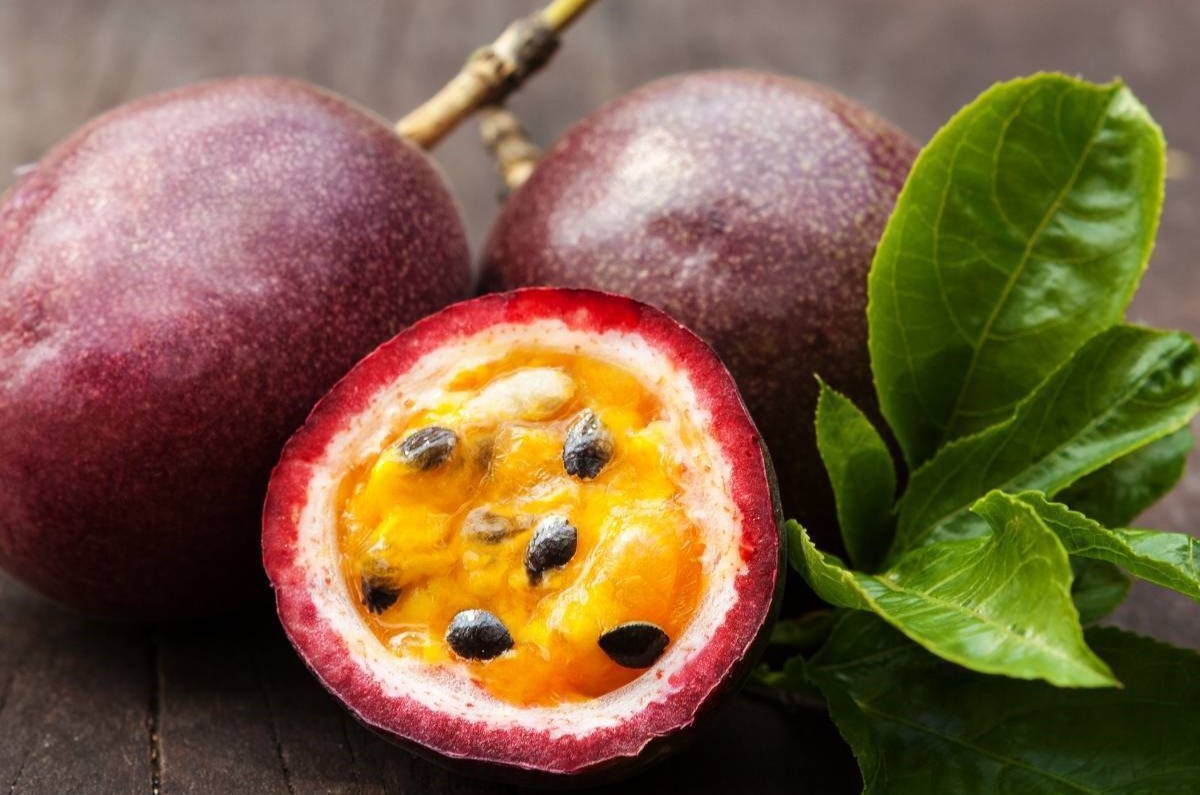

Garden Essentials
How To Grow Passion Fruit From Seeds
Modified: March 15, 2024
Learn how to grow passion fruit from seeds in your garden and enjoy fresh, homegrown fruit. Get expert tips and advice on cultivating passion fruit plants.
(Many of the links in this article redirect to a specific reviewed product. Your purchase of these products through affiliate links helps to generate commission for Storables.com, at no extra cost. Learn more)
Introduction
Welcome to the exciting world of passion fruit! If you’ve ever tasted this delicious tropical fruit and wondered if you could grow your own, you’re in luck. Growing passion fruit from seeds is a rewarding and fulfilling experience that will allow you to enjoy the sweet and tangy flavors of this exotic fruit right in your own backyard.
Passion fruit, scientifically known as Passiflora edulis, is a vigorous and climbing vine that produces beautiful flowers and delicious fruits. It is native to South America but has become popular around the world for its unique taste and versatility in culinary creations.
In this article, we will guide you through the steps of growing passion fruit from seeds. From collecting the seeds to caring for the plants, we will cover everything you need to know to successfully cultivate your own passion fruit vine. So let’s dive in and get started on this journey!
Key Takeaways:
- Growing passion fruit from seeds is a fun and rewarding journey. From collecting ripe fruits to caring for the plants, each step is crucial for success. With patience and dedication, you can enjoy the sweet and tangy fruits in your own backyard!
- Harvesting passion fruit is the ultimate reward. By monitoring fruit maturity, handling with care, and enjoying the delicious flavor, you can savor the satisfaction of your successful gardening efforts. Plus, you can save seeds for future planting!
Read more: How To Grow Fruit From Seeds
Step 1: Collecting Passion Fruit Seeds
The first step in growing passion fruit from seeds is to collect ripe passion fruits. Look for fruits that have a wrinkled skin and are fully colored, either purple or yellow depending on the variety. Ripe passion fruits will also give off a sweet fragrance.
To collect the seeds, simply cut open the fruit with a sharp knife and scoop out the pulp and seeds. Place the pulp and seeds in a container and rinse them under running water to remove any excess pulp. Carefully separate the seeds from the pulp, ensuring that you keep only the seeds for planting.
It’s important to note that passion fruit seeds have a hard outer coat. To improve germination rates, you can scarify the seeds by gently rubbing them against a fine-grit sandpaper or using a nail file to create small scratches on the seed coat. This will help water penetrate the seed and promote faster germination.
Once you have collected and prepared the passion fruit seeds, it’s time to move on to the next step: preparing the seeds for planting.
Step 2: Preparing the Seeds for Planting
Before planting the passion fruit seeds, it’s important to give them the best chance of germination and growth. Here’s how you can prepare the seeds for planting:
- Soaking: Start by soaking the seeds in a bowl of lukewarm water for 24 to 48 hours. This will help to soften the seed coat and promote germination.
- Drainage: After soaking, make sure to drain the water from the seeds and allow them to air-dry for a few hours. Excess moisture can lead to rot, so it’s important to ensure the seeds are properly drained.
- Stratification (Optional): If you live in a region with colder winters, you may want to consider stratifying the seeds. This process involves exposing the seeds to cold temperatures to simulate natural winter conditions. Place the seeds in a sealed plastic bag with a damp paper towel and refrigerate them for 2 to 4 weeks before planting.
- Sterilization: To prevent the growth of fungi or bacteria that can damage the seeds, you can sterilize them by soaking them in a mixture of 1 part bleach to 10 parts water for 10 minutes. Rinse the seeds thoroughly after sterilization to remove any residual bleach.
By following these steps, you will ensure that your passion fruit seeds are ready for successful germination and growth. Once the seeds are prepared, it’s time to move on to the next step: planting them.
Step 3: Planting the Seeds
Now that your passion fruit seeds are prepared, it’s time to plant them and watch them grow into vibrant vines. Here’s how you can plant your passion fruit seeds:
- Choose a suitable container: Select a container with drainage holes at the bottom to prevent waterlogging. You can use pots, seedling trays, or even recycled containers as long as they have good drainage.
- Prepare well-draining soil: Passion fruit plants thrive in well-draining soil. Mix equal parts of potting soil, perlite, and compost to create a loose and fertile growing medium. Fill the container with the soil mixture, leaving about an inch of space from the rim.
- Plant the seeds: Make a small indentation in the center of the soil, about half an inch deep. Place one or two prepared passion fruit seeds into the hole, ensuring they are spaced apart. Cover the seeds with a thin layer of soil and gently pat it down.
- Water thoroughly: After planting, water the soil thoroughly until it’s evenly moist. Avoid overwatering, as it can lead to root rot. Maintain a consistently moist but not soaked growing medium.
- Provide warmth and light: Place the container in a warm location, such as on a sunny windowsill or in a greenhouse. Passion fruit seeds require temperatures between 70-85°F (21-29°C) for germination. Provide them with at least 6-8 hours of sunlight daily or use grow lights to ensure proper growth.
- Be patient: Passion fruit seeds can take anywhere from 2 weeks to 3 months to germinate, depending on the variety and growing conditions. Keep the soil consistently moist and be patient as you wait for the first signs of sprouting.
By following these steps, you’ll give your passion fruit seeds the best chance of germinating and growing into healthy seedlings. Once your seedlings have emerged, it’s important to provide them with the right growing conditions, which we’ll cover in the next step.
Step 4: Providing the Right Growing Conditions
Once your passion fruit seedlings have sprouted, it’s important to provide them with the right growing conditions to ensure their healthy development. Here are some key factors to consider:
- Temperature: Passion fruit plants thrive in warm temperatures between 70-85°F (21-29°C). They can tolerate slight temperature fluctuations but prefer a consistently warm climate.
- Sunlight: Passion fruit plants require a minimum of 6-8 hours of direct sunlight daily to thrive. Place your seedlings in a sunny spot or use artificial grow lights to supplement the natural light.
- Watering: Passion fruit plants prefer moist but well-drained soil. Water your plants regularly, keeping the soil evenly moist. Avoid overwatering, as it can lead to root rot. Mulching around the base of the plants can help retain moisture in the soil.
- Fertilization: Passion fruit plants have a high nutrient requirement. Use a balanced organic fertilizer or a slow-release granular fertilizer specifically formulated for fruit-bearing plants. Apply the fertilizer according to the package instructions, and avoid overfertilization as it can lead to excessive vegetative growth at the expense of fruit production.
- Support: Passion fruit vines are climbing plants that require support as they grow. Install a trellis, fence, or other vertical support structure near the plants to train the vines to climb. As the vines grow, gently guide them to wrap around the support to encourage upward growth.
- Pruning: Regular pruning is essential to maintain the health and shape of passion fruit plants. Prune away any dead, damaged, or diseased branches. Trim back excessive growth to encourage airflow and sunlight penetration. Pruning also helps to control the size of the plant and promotes a more manageable and productive vine.
By providing your passion fruit plants with the right growing conditions, you’ll help them establish strong roots and flourish into vigorous vines. The next step is to support the growth of your seedlings, which we’ll explore in the following step.
To grow passion fruit from seeds, soak the seeds in water for 24 hours, then plant them in well-draining soil. Keep the soil consistently moist and provide a warm, sunny environment for the seeds to germinate and grow.
Read more: How To Grow Dragon Fruit From Seed
Step 5: Supporting the Growth of Seedlings
As your passion fruit seedlings continue to grow, it’s important to provide them with proper support to help them climb and maximize their growth potential. Here are some steps to support the growth of your passion fruit seedlings:
- Install a sturdy support structure: Passion fruit vines are vigorous climbers and can grow quite long. Install a sturdy trellis, fence, or other vertical support structure near your seedlings. Ensure that it is securely anchored to the ground or a wall to withstand the weight of the mature vines.
- Train the vines: As the seedlings grow, gently guide the main vine towards the support structure. Encourage it to wrap around the support by gently directing the vine in a circular motion. This will help the vine grip onto the support and climb upward.
- Secure the vines: Use soft plant ties or twine to loosely tie the vines to the support structure. Be careful not to tie the vines too tightly, as this can restrict their growth. Regularly check the ties and adjust them as needed to accommodate the growing vines.
- Prune for branching: To encourage branching and a bushier plant, prune the growing tip of your passion fruit vine when it reaches the desired height. This will stimulate the growth of lateral branches, which will help fill out the plant and increase fruit production.
- Monitor growth: Regularly inspect the growth of your seedlings and adjust the support as needed. Passion fruit vines are fast-growing, so it’s important to stay vigilant and ensure that the vines are properly supported as they climb.
- Provide additional support: As the vines grow thicker and heavier, you may need to add additional support to the existing structure. This can involve adding horizontal wires, stakes, or additional trellis sections to bolster the support and prevent the vines from sagging or breaking.
- Prune unwanted growth: Remove any excessive growth or side shoots that may hinder the upward growth of the main vine. This will help maintain a tidy and well-structured plant.
By providing proper support and training your passion fruit seedlings, you’ll encourage upward growth and maximize their potential for fruit production. Now that your seedlings are well-supported, it’s time to learn about the next step in the process: transplanting them to their permanent location.
Step 6: Transplanting the Seedlings
Once your passion fruit seedlings have grown to a suitable size, it’s time to transplant them from their nursery containers to their permanent location. Transplanting allows the plants to establish their roots in the ground, providing them with more space and resources to grow. Here’s how you can transplant your passion fruit seedlings:
- Choose the right time: Transplant your seedlings when they are around 10-12 inches tall and have developed a few sets of true leaves. This is usually 6-8 weeks after germination. Select a mild and cloudy day for transplanting to reduce stress on the young plants.
- Select a suitable location: Passion fruit plants require a sunny location with well-draining soil. Choose a spot in your garden that receives at least 6-8 hours of direct sunlight daily. Ensure that the soil is rich in organic matter and has good drainage.
- Prepare the planting hole: Dig a hole that is slightly larger and deeper than the root ball of the seedling. Gently loosen the soil around the hole to ensure good root growth.
- Remove the seedling from its container: Carefully remove the seedling from its nursery container, taking care not to damage the roots. Gently tease apart any tangled or circling roots to encourage outward growth. If the roots are tightly packed, you can make a few vertical cuts on the sides of the root ball to promote branching.
- Place the seedling in the hole: Position the seedling in the center of the planting hole, making sure that it is at the same level as it was in the container. Backfill the hole with soil, gently firming it around the roots to remove any air pockets.
- Water the transplanted seedling: Give the transplanted seedling a thorough watering to help settle the soil and ensure good root-to-soil contact. Keep the soil consistently moist during the initial weeks after transplanting to aid in the establishment of the plant.
- Provide support (if necessary): If your passion fruit vine requires additional support, such as a trellis or stakes, install them and gently guide the plant towards them. Secure the vines with soft ties to avoid causing damage.
Transplanting your passion fruit seedlings allows them to spread their roots and establish a strong foundation. With proper care and attention, your transplanted seedlings will continue to grow and eventually reward you with delicious fruits. Now, let’s move on to the next step: caring for your passion fruit plants.
Step 7: Caring for Passion Fruit Plants
Once your passion fruit plants are in the ground and established, they will require ongoing care and attention to ensure their healthy growth and abundant fruit production. Here are some essential tips for caring for your passion fruit plants:
- Watering: Passion fruit plants have a moderate water requirement. Water deeply and evenly, ensuring that the soil is consistently moist but not waterlogged. During hot and dry periods, increase the frequency of watering to prevent stress to the plants.
- Fertilizing: Passion fruit plants are heavy feeders and benefit from regular fertilization. Use a balanced fertilizer high in potassium, phosphorous, and nitrogen to promote healthy growth and fruit production. Apply the fertilizer every 6 to 8 weeks during the growing season, following the manufacturer’s instructions.
- Mulching: Apply a layer of organic mulch around the base of the plants to conserve moisture, suppress weed growth, and regulate soil temperature. Avoid placing the mulch directly against the plant stems to prevent rot and disease.
- Pruning: Regular pruning is important for maintaining the health and shape of your passion fruit plants. Prune away any dead, damaged, or diseased branches. Thin out excessive growth to allow for better airflow and light penetration. Pruning also helps to control the size of the plant and promotes abundant fruit production.
- Pest and disease management: Monitor your plants regularly for any signs of pests or diseases such as aphids, whiteflies, powdery mildew, or root rot. Use organic pest control methods or insecticides as necessary and take prompt action to prevent any major infestations or outbreaks.
- Training and support: As the passion fruit vines grow, continue to guide them along the support structure. Regularly check and adjust the ties to prevent any damage to the vines. Prune any excessive growth that may hinder their upward growth.
- Harvesting: Once your passion fruit plants start to bear fruit, it’s time to enjoy the fruits of your labor. Harvest the fruits when they turn fully colored and slightly wrinkled. The fruits should easily detach from the vine when gently twisted. Enjoy them fresh or use them in various culinary creations.
- Winter protection: If you live in a region with cold winters, protect your passion fruit plants from frost by covering them with frost blankets or bringing them indoors. Passion fruit plants are sensitive to freezing temperatures and may require additional insulation during the colder months.
By providing proper care and attention to your passion fruit plants, you’ll ensure their robust growth, plentiful fruiting, and longevity in your garden. Now that you are equipped with the knowledge to care for your plants, let’s move on to the final step: harvesting your passion fruit.
Step 8: Harvesting Passion Fruit
The ultimate reward for growing passion fruit is the opportunity to harvest and enjoy the delicious fruits. Here’s how you can harvest your passion fruit:
- Monitor fruit maturity: Passion fruit takes approximately 70-90 days from flowering to reach maturity. Observe the fruits closely and wait for them to turn fully colored (purple or yellow, depending on the variety) and slightly wrinkled. Ripe passion fruits will also give off a sweet fragrance.
- Twist off the fruit: Gently twist the ripe fruit in a twisting motion until it easily detaches from the vine. Alternatively, you can use a pair of gardening shears to cut the stem just above the fruit.
- Handle with care: Passion fruits have a delicate skin and can bruise easily. Handle them gently to avoid any damage that can impact their quality and storage life.
- Store properly: If you’re not consuming the fruits immediately, store them in a cool, dry place. Passion fruit can generally be stored at room temperature for a few days or stored in the refrigerator for up to two weeks.
- Enjoy the fruit: PassioN fruits can be enjoyed in various ways. Slice them open and scoop out the luscious flesh for a sweet and tangy treat. Add passion fruit pulp to smoothies, fruit salads, or yogurt for a refreshing twist. Use it as a topping for desserts or as an ingredient in sauces, dressings, and cocktails.
- Save seeds for future planting: If you want to grow more passion fruit plants, save some seeds from the ripe fruits. Rinse the seeds, dry them thoroughly, and store them in a cool, dry place until you are ready to plant them.
By harvesting your passion fruit at the peak of its ripeness and handling it with care, you can fully enjoy the delectable flavor and experience the satisfaction of your successful gardening efforts.
With the final step complete, you have now successfully learned the process of growing passion fruit from seeds. From collecting the seeds to caring for the plants and harvesting the fruits, you have all the knowledge you need to embark on this exciting gardening journey. Happy gardening and enjoy the bountiful harvest of your passion fruit plants!
Read more: How To Grow Yellow Dragon Fruit From Seeds
Conclusion
Growing passion fruit from seeds is a rewarding and fulfilling experience that allows you to enjoy the delicious flavors of this tropical fruit right in your own backyard. By following the step-by-step process outlined in this article, you can successfully cultivate your own passion fruit vine and indulge in the sweet and tangy fruits it produces.
From collecting the ripe passion fruits and preparing the seeds, to planting them in well-draining soil and providing the right growing conditions, each step is crucial in ensuring the healthy development of your passion fruit plants. Supporting the growth of your seedlings, transplanting them to their permanent location, and caring for them through proper watering, fertilizing, pruning, and pest management are essential for their long-term success.
With patience and dedication, you will watch your passion fruit vines climb and flourish, producing an abundance of delectable fruits. Harvesting the ripe passion fruits and savoring their sweet and tangy flavor is the ultimate reward for your hard work and commitment to nurturing these plants.
Remember to handle your passion fruits with care, store them properly, and enjoy them in various culinary creations. And don’t forget to save some seeds for future planting, ensuring a continuous cycle of growth and harvest.
Now that you have the knowledge and understanding of how to grow passion fruit from seeds, it’s time to embark on this exciting gardening journey. Whether you have a small garden or a spacious backyard, cultivating passion fruit can bring a touch of the exotic to your home while providing you with a delicious and nutritious fruit to enjoy for years to come.
So roll up your sleeves, gather your passion fruit seeds, and get ready to witness the beauty and taste the sweetness of growing your own passion fruit vine. Happy gardening and happy harvesting!
Frequently Asked Questions about How To Grow Passion Fruit From Seeds
Was this page helpful?
At Storables.com, we guarantee accurate and reliable information. Our content, validated by Expert Board Contributors, is crafted following stringent Editorial Policies. We're committed to providing you with well-researched, expert-backed insights for all your informational needs.
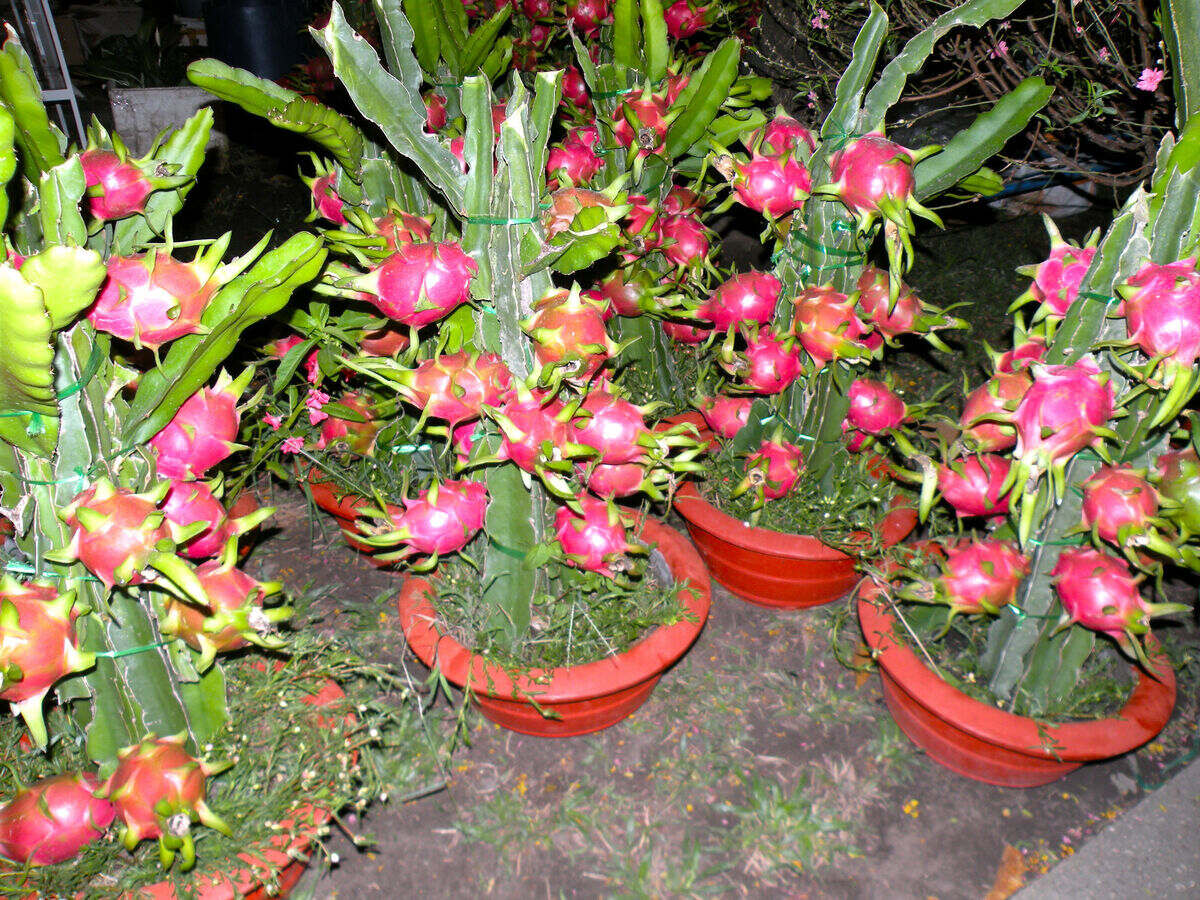
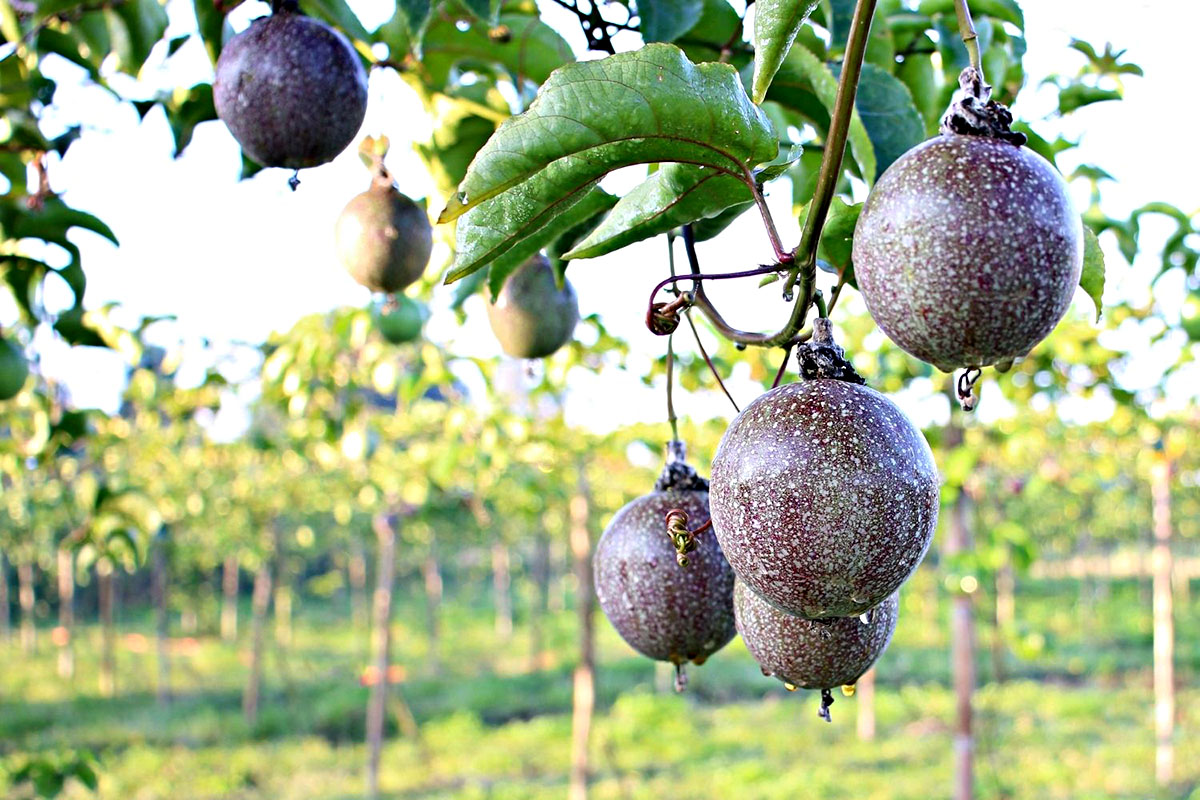
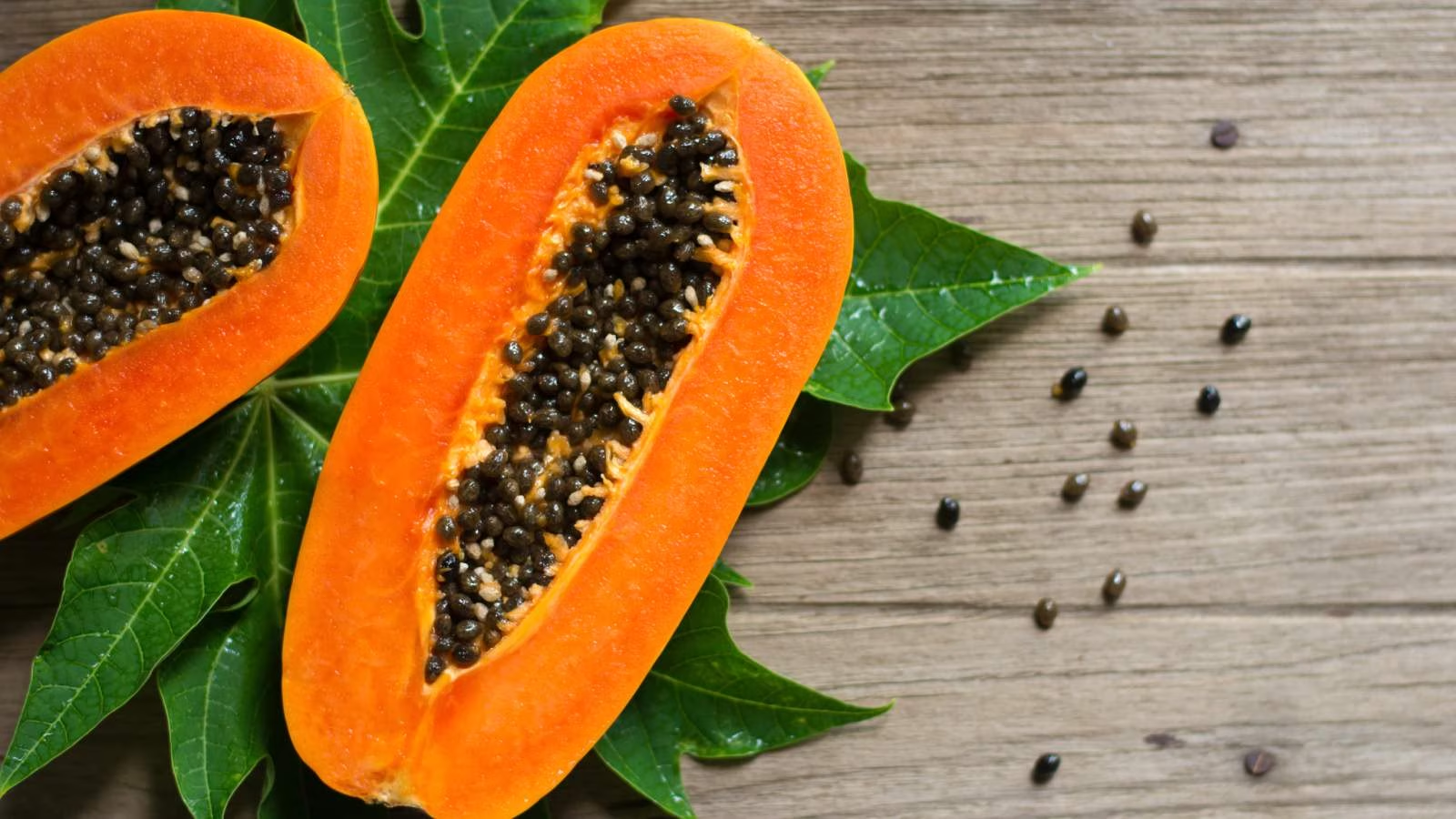









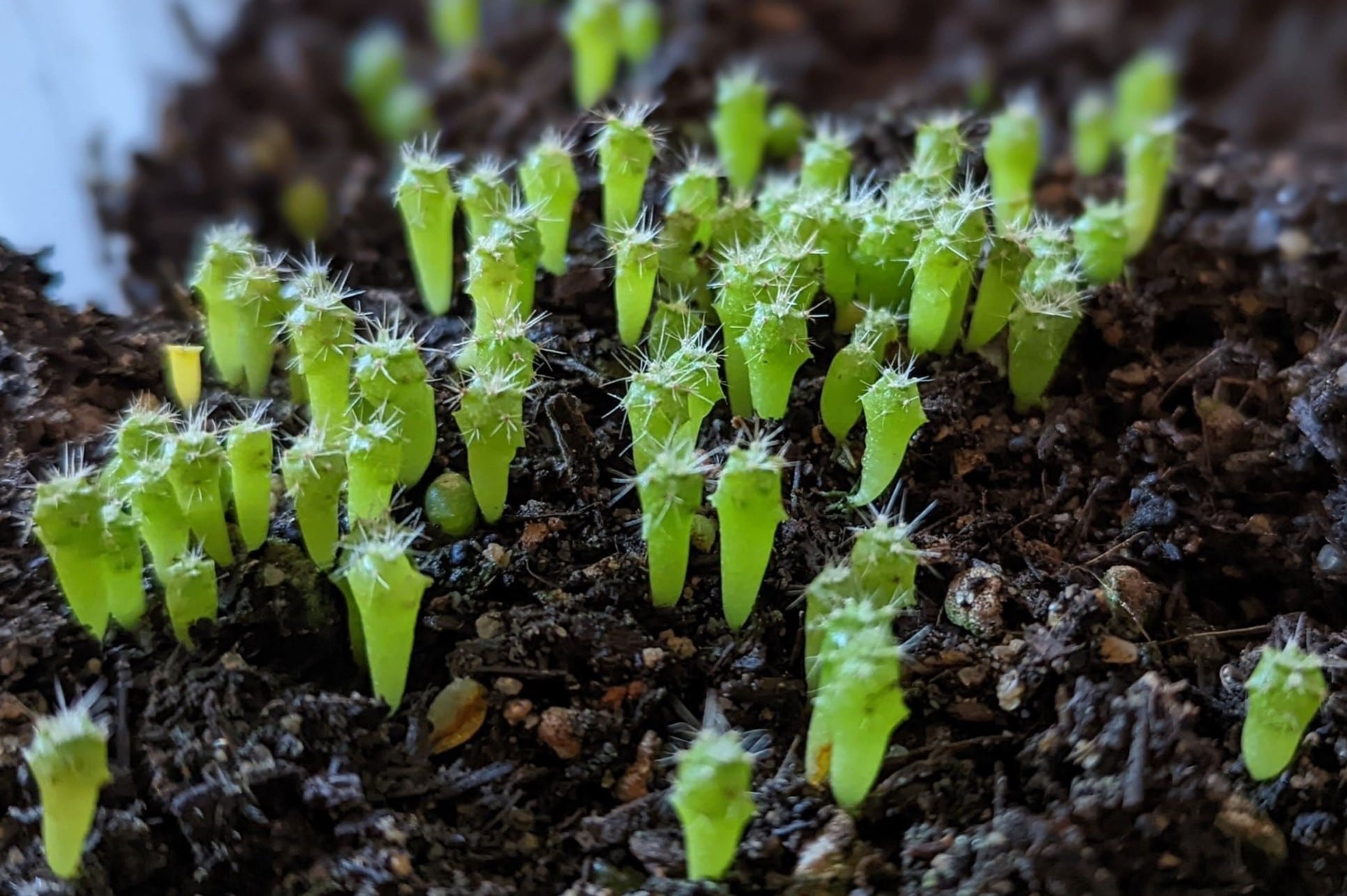

0 thoughts on “How To Grow Passion Fruit From Seeds”